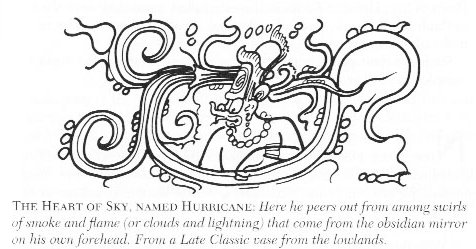The
4th
(unlucky) part
in
my
perceived
calendar
had
only
3
glyphs.
Instead
of
52
glyphs
(for
52
days)
there
were only
(8 +
4 +
7) +
3 = 22,
but
all
of
them evidently pregnant
with
meaning:
For
several
of
these
glyphs
I
had
comments.
For
practical
reasons,
though,
all
these
cannot
be
repeated
here.
But
a
pair
quoting
Popol
Vuh
are
worthy
of
remembering:
"This is the account, here it is. Now it still ripples, now it still murmurs, ripples, it still sighs, still hums, and it is empty under the sky. Here follows the first words, the first eloquence:
There is not yet one person, one animal, bird, fish, crab, tree, rock, hollow, canyon, meadow, forest. Only the sky alone is there; the face of the earth is not clear. Only the sea alone is pooled under all the sky; there is nothing whatever gathered together. It is at rest; not a single thing stirs. It is held back, kept at rest under the sky.
Whatever there is that might be is simply not there: only the pooled water, only the calm sea, only it alone is pooled. Whatever might be is simply not there: only murmurs, ripples, in the dark, in the night. Only the Maker, Modeler alone, Sovereign Plumed Serpent, the Bearers, Begetters are in the water, a glittering light. They are there, they are enclosed in quetzal feathers, in blue-green. Thus the name, 'Plumed Serpent'. They are great knowers, great thinkers in their very being.
And of course there is the sky, and there is also the Heart of Sky. This is the name of the god, as it is spoken. And then came his word, he came here to the Sovereign Plumed Serpent, here in the blackness, in the early dawn. He spoke with the Sovereign Plumed Serpent, and they talked, then they thought, then they worried. They agreed with each other, they joined their words, their thoughts. Then it was clear, then they reached accord in the light, and then humanity was clear, when they conceived the growth, the generation of trees, of bushes, and the growth of life, of humankind, in the blackness, in the early dawn, all because of the Heart of Sky, named Hurricane, Thunderbolt Hurricane comes first, the second is Newborn Thunderbolt, and the third is Sudden Thunderbolt.
So there were three of them, as Heart of Sky, who came to the Sovereign Plumed Serpent, when the dawn of life was conceived: 'How should the sowing be, and the dawning? Who is to be provider, nurturer?'
'Let it be this way, think about it: this water should be removed, emptied out for the formation of the earth's own plate and platform, then should come the sowing, the dawning of the sky-earth. But there will be no high days and no bright praise for our work, our design, until the rise of the human work, the human design,' they said.
And then the earth arose because of them, it was simply their word that brought it forth. For the forming of the earth they said 'Earth'. It arose suddenly, just like a cloud, like a mist, now forming, unfolding. Then the mountains were separated from the water, all at once the great mountains came forth. By their genius alone, by their cutting edge alone they carried out the conception of the mountain-plain, whose face grew instant groves of cypress and pine.
And the Plumed Serpent was pleased with this: 'It was good that you came, Heart of Sky, Hurricane, and Newborn Thunderbolt, Sudden Thunderbolt. Our work, our design will turn out well', they said."
|
| "They walked in crowds when they arrived at Tulan, and there was no fire. Only those with Tohil had it: this was the tribe whose god was first to generate fire. How it was generated is not clear. Their fire was already burning when Jaguar Quitze and Jaguar Night first saw it:
'Alas! Fire has not yet become ours. We'll die from the cold', they said. And then Tohil spoke: 'Do not grieve. You will have your own even when the fire you're talking about has been lost', Tohil told them.
'Aren't you a true god! Our sustenance and our support! Our god!' they said when they gave thanks for what Tohil had said. 'Very well, in truth, I am your god: so be it. I am your lord: so be it,' the penitents and sacrificers were told by Tohil.
And this was the warming of the tribes. They were pleased by their fire.
After that a great downpour began, which cut short the fire of the tribes. And hail fell thickly on all the tribes, and their fires were put out by the hail. Their fires didn't start up again. So then Jaguar Quitze and Jaguar Night asked for their fire again: 'Tohil, we'll be finished off by the cold', they told Tohil. 'Well, do not grive', said Tohil. Then he started a fire. He pivoted inside his sandal."
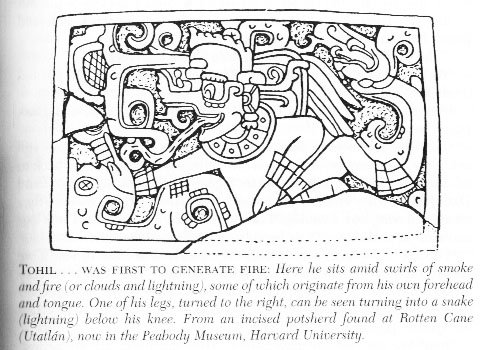
|
This
is the
short
4th
part
(+
glyph
Ga3-20):
 |
 |
 |
 |
|
Ga3-17 |
Ga3-18
(77) |
Ga3-19 |
Ga3-20 |
|
JUNE 5 (156) |
6
(442) |
7 (15 * 29½ + ½) |
8 |
|
no star listed (140) |
Markab Velorum (141.5),
Al Minhar al Asad
(141.6) |
Star-25
ANA-HEU-HEU-PO |
Al Tarf-7 |
|
ALPHARD
(142.3),
ω Leonis (142.6), τ¹ Hydrae (142.7) |
ψ Velorum (143.3),
ALTERF,
τ² Hydrae (143.4), ξ Leonis (143.5) |
|
August 8 (220) |
9 |
10 |
11 |
|
ºAugust
4 (216) |
5 (*137) |
6 |
7 |
|
'July 12 (193) |
13 |
14 |
15 (*116) |
|
"June 28 (179) |
29 |
30 (*101) |
"July 1 |
|
NAKSHATRA DATES: |
|
DECEMBER 5 |
6 (*260) |
7 |
8 (342) |
|
Dai
(323.5), β Equulei (323.8) |
γ
Pavonis (324.1), Yan (324.6) |
Al Sa'd al Su'ud-22 /
Emptiness-11 |
no
star listed (326) |
|
Tsin
(325.2), Alphirk (325.7),
SADALSUD,
ξ Gruis (325.9) |
|
February 7 (403) |
8 |
9 (40) |
10 (*326) |
|
ºFebruary 3 |
4 (400) |
5 (36) |
6 (*322) |
|
'January
11 |
12 |
13 (378) |
14 (*299) |
|
"December 28 |
29 |
30 (364) |
31 (*285) |
Counting 364 regular calendar
days in a Sun year, equal to 4 * 91 days,
makes day 365 into a special case - as if
the fire in the sky had been put out. Alterf
(λ Leonis) -
at Ga3-20 - has a name which means
'End'. I have not indicated Alterf in
Hevelius' picture below, but it should be in
the mouth of the Lion, and we can see Alterf
slightly lower than at an imaginary straight line
from ζ past ε:
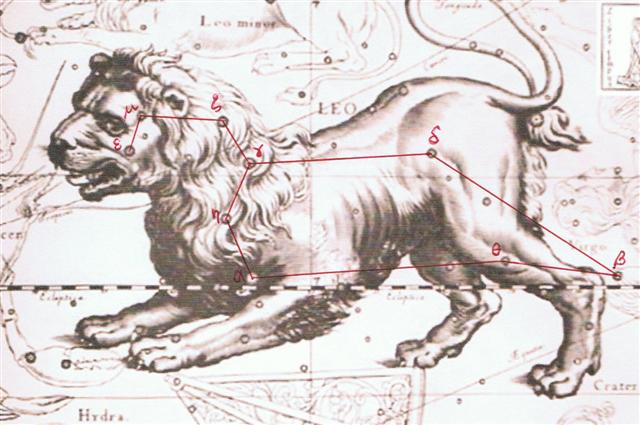
It looks as if the Lion's
tongue has been cut off by Alterf, and with his
tongue drawn like an
example of ihe tau horizontally
oriented and then reversed:
 |
 |
|
ihe tau |
Ab1-37 |
To reverse ihe tau
ought to indicate a reversal of its meaning.
In Ab1-37 ihe tau is reversed,
moving from 'death' to birth (hanau)
of 'life'. Significantly 1-37 probably
alludes to 137 = 364 - 227 (π).
Basically ihe tau is a sign of
death and in Ga3-20 we can perceive its
opposite - eating (and growing) under an
illuminated sky (ragi).
The End is also a new Beginning. When
the Old Head has been buried a new life begins:
... When the man, Ulu,
returned to his wife from his visit
to the temple at Puueo, he
said, 'I have heard the voice of the
noble Mo'o, and he has told
me that tonight, as soon as darkness
draws over the sea and the fires of
the volcano goddess, Pele,
light the clouds over the crater of
Mount
Kilauea, the black cloth will
cover my head. And when the breath
has gone from my body and my spirit
has departed to the realms of the
dead, you are to bury my head
carefully near our spring of running
water. Plant my heart and entrails
near the door of the house. My feet,
legs, and arms, hide in the same
manner. Then lie down upon the couch
where the two of us have reposed so
often, listen carefully throughout
the night, and do not go forth
before the sun has reddened the
morning sky. If, in the silence of
the night, you should hear noises as
of falling leaves and flowers, and
afterward as of heavy fruit dropping
to the ground, you will know that my
prayer has been granted: the life of
our little boy will be saved.' And
having said that, Ulu fell on
his face and died.
His wife sang a dirge
of lament, but did precisely as she
was told, and in the morning she
found her house surrounded by a
perfect thicket of vegetation.
'Before the door,' we are told in
Thomas Thrum's rendition of the
legend, 'on the very spot where she
had buried her husband's heart,
there grew a stately tree covered
over with broad, green leaves
dripping with dew and shining in the
early sunlight, while on the grass
lay the ripe, round fruit, where it
had fallen from the branches above.
And this tree she called Ulu
(breadfruit) in honor of her husband
...

The nose of Leo (Al
Minhar al Asad) is
κ and Hevelius has put this star at
the top of a prominent black
fuzzy ball immediately below his
nostrils. Here the nose of Cancer
touches the nose of Leo and in
Ga3-18 we can imagine Cancer at left
and Leo at left, joined by their
beaks forming an apex. But also
joined below (thus forming a hole)
by their wings - just as Hevelius
has put the right claw of Cancer in
touch with the left front paw of the
Lion.
|
Egyptian hand |
 |
Phoenician kaph |
 |
Greek
kappa |
Κ
(κ) |
|
Kaph is thought
to have been derived
from a pictogram of
a hand (in both
modern Arabic and
modern Hebrew,
kaph means
palm/grip) ...
... The manik,
with the tzab,
or serpent's rattles
as prefix, runs
across Madrid tz. 22
, the figures in the
pictures all holding
the rattle; it runs
across the hunting
scenes of Madrid tz.
61, 62, and finally
appears in all four
clauses of tz. 175,
the so-called
'baptism' tzolkin.
It seems impossible,
with all this, to
avoid assigning the
value of grasping or
receiving. But in
the final
confirmation, we
have the direct
evidence of the
signs for East and
West. For the East
we have the glyph
Ahau-Kin, the
Lord Sun, the Lord
of Day; for the West
we have Manik-Kin,
exactly
corresponding to the
term Chikin,
the biting or eating
of the Sun, seizing
it in the mouth.

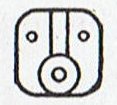

The
pictures (from
Gates) show east,
north, west, and
south; respectively
(the lower two
glyphs) 'Lord' (Ahau)
and 'grasp' (Manik).
Manik was the
7th day sign of the
20 and Ahau
the last
... |
The biting or eating of the
Sun appears here to be
transposed to its opposite,
with the Lion eating Alterf.
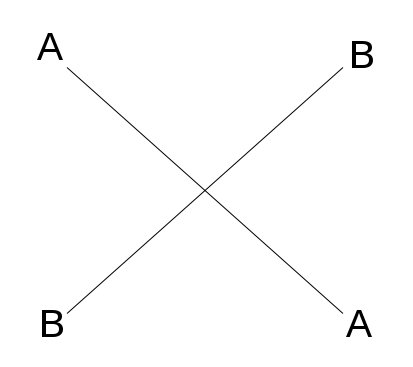
Lambda implies darkness and
indeed the Lion (alias the
Sun), when he arrives,
makes darkness disappear ('swallows it').
|
Egyptian
menchet |
 |
Phoenician
lamedh |
 |
Greek
lambda |
Λ (λ) |
|
...
Wikipedia
has no
information
regarding
the
origin
of the
Phoenician
lamedh,
but the
Egyptian
'cloth'
hieroglyph
(menchet)
is - I
suggest
-
related
to the 4
upside
down sky
pillars.
I.e. the
basic
element
of the
'covering'
hieroglyph
could
have
indicated
darkness:
 |
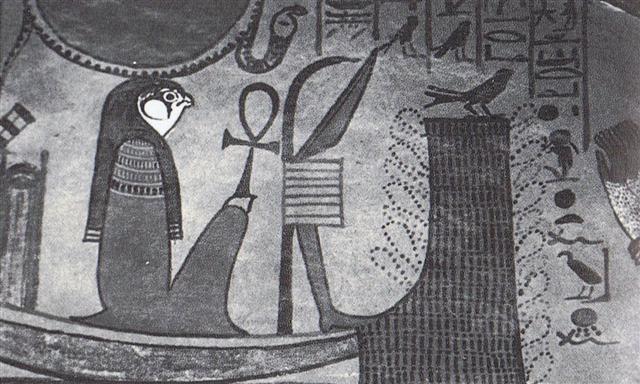
|












